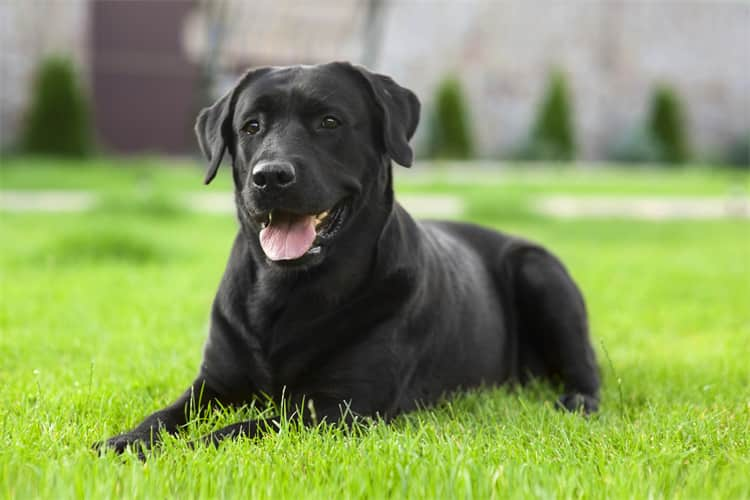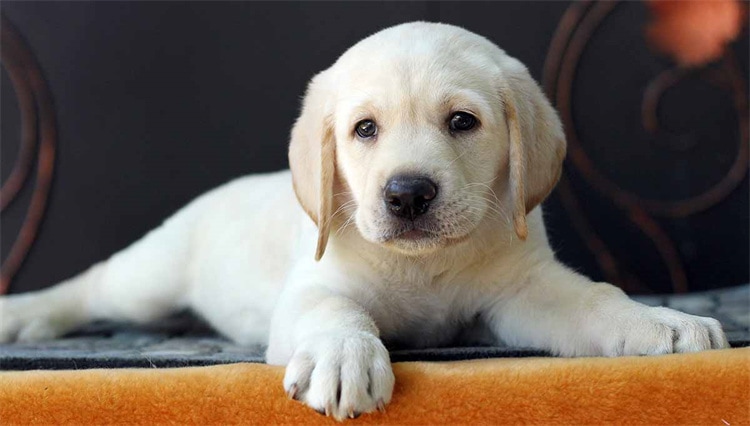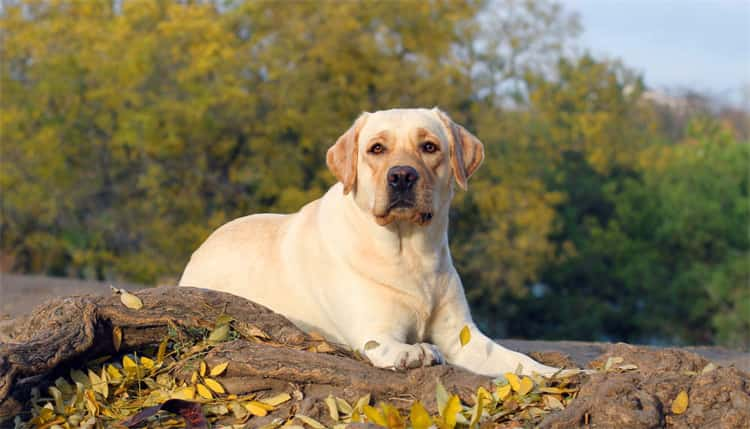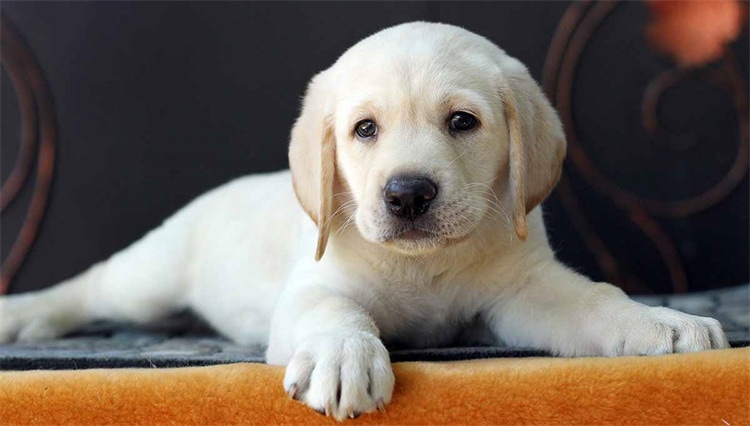Where do labradors come from? History of Labrador Retriever
Because of their loving disposition, limitless energy, and steadfast loyalty, Labrador retrievers have won a special place in the hearts of dog lovers everywhere. Labs are well-suited for a variety of roles, including family pets, guide dogs, service dogs, and law enforcement. They are also highly intelligent and have a pleasant, loving demeanor.
So the question rise that how did the Labrador retriever, or Lab for short, become one of the most well-known dog breeds in the world?
Discover the background of the Labrador retriever and the reasons why so many people have embraced these lovable, energetic animals by reading this detailed article.
Labrador retriever History
The 1700s mark the beginning of the Labrador Retriever breed’s history. That being said, it’s quite probable that Newfoundland breeding started around the 1500s.
Labrador Retrievers originated from breeding of different dogs, much like any other breed of dog. The history of the Labrador retriever begins in the 1700s, when Newfoundland water dogs from the region’s native fisherman produced the iconic Newfoundland dogs that we know and love today. Not much is known about these water dogs other than the fact that early settlers probably brought them over and employed them as working dogs.

A new mixed-breed known as the Lesser Newfoundland, or St. John’s water dog, was created when fisherman crossed these little canines with Newfoundlands. The best qualities of both parents were present in this breed: the local water dogs had the agility and coat suitable to tolerate cold weather, while the Newfoundlands were known for their loyalty and rigorous work ethic.
This historical overview will take you through the complete history of Labradors.
The First Labrador Retriever Breed Example: The 1700s
When the island of Newfoundland was permanently established and British authorities started importing resources, it was a well-known fishing colony. It seems logical that fishing is what Newfoundland is most known for, as fishermen had long been drawn to the Labrador and Newfoundland regions of Canada.

Many people think that working dogs were first brought to the area by early human inhabitants, even before the British established the region. Years of mixed breeding by these pioneers produced a large number of working water dogs in Canada, including:
- The Retriever of Chesapeake Bay
- The Landseer
- The Retriever with Flat Coat
- Greater Newfoundland
- The St. John’s Water Dog, often known as the Lesser Newfoundland
These ancient dogs were experts at locating animals, nets, ropes, and fish or bait that had dropped off hooks by diving underwater.
In the 1800s, England Imports Labradors
The British government learned of the St. John’s dog breed soon after it was developed and wanted to import it to the UK. Fishermen had nothing but praise for these dogs they were practically impervious to water, hardworking, and even made wonderful companions. The canines were adopted only by affluent people and English nobility after they arrived.

Their capacities to hunt, retrieve, and labour all day on land or in the water captivated people. After learning about the St. John’s dog’s many benefits, James Harris, the Earl of Malmesbury, soon asked to import some of the dogs to his breeding kennels. The exceptional abilities and temperaments of the St. John’s water dog led the Earl of Malmesbury to start breeding them.
He was so fond of them that he gave some to the Dukes of Buccleuch, the 5th and 6th, which were renowned for breeding them in the 1880s as part of the Buccleuch Breeding Programme. Many researchers would eventually date this period of time as the real Labrador’s inception.
On the other hand, the Labrador breed’s founder is frequently recognised as the second Earl of Malmesbury. Up until the day of his death, he began breeding kennels with the express intent of maintaining the purity of the Labrador dog breed. The term “Labrador Retriever” spread throughout England by 1870. In order to reserve the breeding stock, the third Earl of Malmesbury gave a litter to the sixth Duke of Buccleuch and the twelfth Earl of Home, carrying on his father’s breeding programme.
The Labrador Retriever Gains Global Popularity in the 1900s
America became aware of these amazing canines as Labradors gained popularity in England and desired their importation as well. Regretfully, the Lab’s genetic predecessor, the St. John’s water dog, went extinct at the same period.
A high dog tax on dog ownership in the United States caused these other dogs to become extinct. In an effort to eradicate rabies from imported animals, the United Kingdom likewise implemented the British Quarantine Act of 1895, which mandated six-month quarantine.

A Canadian writer tried to preserve the St. John’s water dog in the 1930s by mating the remaining breed with the modern Labrador Retriever. Due to the fact that there were only male puppies who survived, reproduction became challenging and eventually unfeasible.
But back then, labradors were popular in America, England, and Canada. The Labrador retriever was officially recognized as a breed by the Kennel Club in 1903 and by the American Kennel Club a few years later in 1917. A significant accomplishment is being acknowledged by a national breed organisation, as this establishes formal breed standards that maintain pure bloodlines free from crossbreeding.
Do Labrador Retrievers Come From UK?
The original Labrador retriever was created over a period of three centuries. After that, nobles in England carefully bred them, and eventually, they became so well-liked that almost everyone desired them. Until the early 1800s, Labrador Retrievers were only found in Newfoundland.

Eventually, they moved to Poole, England. After witnessing the breed in action, the British aristocrat and sports enthusiast Earl of Malmesbury took them back to England right away.
For their shooting activities, the Earl and Duke of Malmesbury both used Labrador Retrievers, which they came to refer to as their “Labrador Dogs.” The Earl’s son soon started breeding the dogs after.
Do Labrador Retrievers Come From United States?
American farmers and hunters learned about the Labs’ remarkable work ethic early in the 20th century and started adopting them into their everyday routines.

Labrador Retrievers gained national recognition as a breed in 1917 when the American Kennel Club approved them, and families all throughout the nation began to adore them as pets.
Do Labrador Retrievers Come From Canada?
Labradors are a misnomer, as they actually originated in Newfoundland, despite both being in the same eastern province of the Canadian Shield.
This island of Newfoundland has a long history as a thriving fishing destination, it seems sense that early settlers and fishermen relied on working dogs to assist them in catching game and netting in the water.

In the middle of the 19th century, the Labrador retriever moniker was first used. “We always call mine Labrador dogs and I have kept the breed as pure as I could from the first I had from Poole,” the Earl of Malmesbury said of these recently imported canines.
How Labrador originated its name?
However, how did Labradors obtain their name if they aren’t descended from Labrador?
There are a few hypotheses explaining the origin of the name. The first and most widely accepted version holds that someone mistakenly believed the St. John’s water dog, the ancestor of the Labrador, originated on the Labrador Peninsula. Although the St. John’s region of Newfoundland is where these dogs originated as many people are aware the name stayed after it was used once and did not alter.

The second idea holds that the names of these canines are actually labradores and lavaradores, which are Portuguese and Spanish slang for labourers. The Portuguese explorer João Fernandes Lavrador is the name of the peninsula of Labrador, who established the region in the fifteenth century.
Labrador retriever breed characteristics
The Labrador retriever is a sporting dog breed that was brought to England about 1800 by fishermen from Newfoundland. It is a superb gun dog that regularly wins field trials. Its legs are shorter than those of other retrievers, and it weighs 55 to 80 pounds means 25 to 36 kg. At the withers, it stands 21.5 to 24.5 inches means 55 to 62 cm tall.

It’s short, dense coat of black, brown, or yellow, as well as its otter-like tail, which is thick at the base and tapering towards the end, are distinguishing characteristics.
The Labrador retriever breed is known for being friendly, calm, and tough. It has served as a guiding dog for the blind, a rescue dog, and in law enforcement.
The industrial heritage of the Labrador retriever greatly influenced its demeanor. Being a dog that had to be prepared to jump into icy waters after a hard day of hunting, it had to be active and eager to retrieve, frequently going above and beyond where other dogs would give up.

Labrador Retrievers are intelligent and have a strong work ethic, which makes them excellent at many vocations. Notably, they are frequently employed as blind people’s guide dogs, and their amiable disposition makes them excellent therapy animals. Furthermore, labs can be trained to monitor during search and rescue operations and to detect bombs and illegal narcotics.
In order to help the dog find a dead bird in deep water or dense cover, it also had to obey a hunter’s orders from a distance. More crucially, though, this kept the lab from swimming out to sea. The end product is a daring, high-energy, biddable dog that enjoys retrieving. It might be difficult to manage when young due to its strong will.
In summary
The history of labrador retrievers is among the most fascinating since they were accidentally formed and then repeatedly bred in England. And despite the tragic end of the St. John’s dog breed in the late 20th century, Labradors continue their heritage thanks to their devoted natures and excellent work ethics.
You’re going to be in for a lifetime of joy if you decide to bring a Labrador Retriever into your home. To guarantee that your dog will likely be content and healthy for the duration of its life, make sure the breeder you get them from is a respectable one with records of all the puppies’ bloodlines.
FAQ
What is the average lifespan of a Labrador?
Labradors typically have a lifespan of 10 to 12 years and are in generally good condition. They do, however, have some health problems that may cause them to pass away sooner. Cancer, heatstroke, epilepsy, heart disease, and bloat are the leading causes of death in Labradors.
When will Labrador stop growing?
Around their first birthday, Labrador Retrievers usually reach their peak weight and height. Although larger labs could take up to 18 months to fill out their chest, they should only gain a small amount of weight overall after 12 months.
Are Labradors aggressive dogs?
Generally speaking, Labradors are not an aggressive breed. Aggression in Labradors, however, can be caused by a number of circumstances. Usually, factors other than personality and genetic makeup are more significant.
Does Labrador retriever shed?
Due of their double-layered coats, labs shed more in the spring and fall, when the weather is most likely to shift dramatically. On the other hand, labs also shed copiously in the interim, so you may feel like you’re up against a steep hill when it comes to your lab’s fur.






